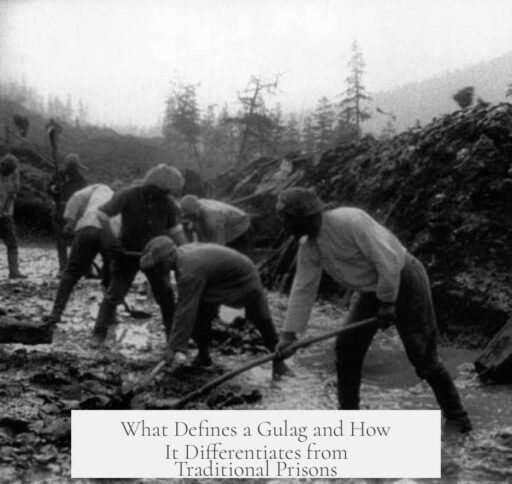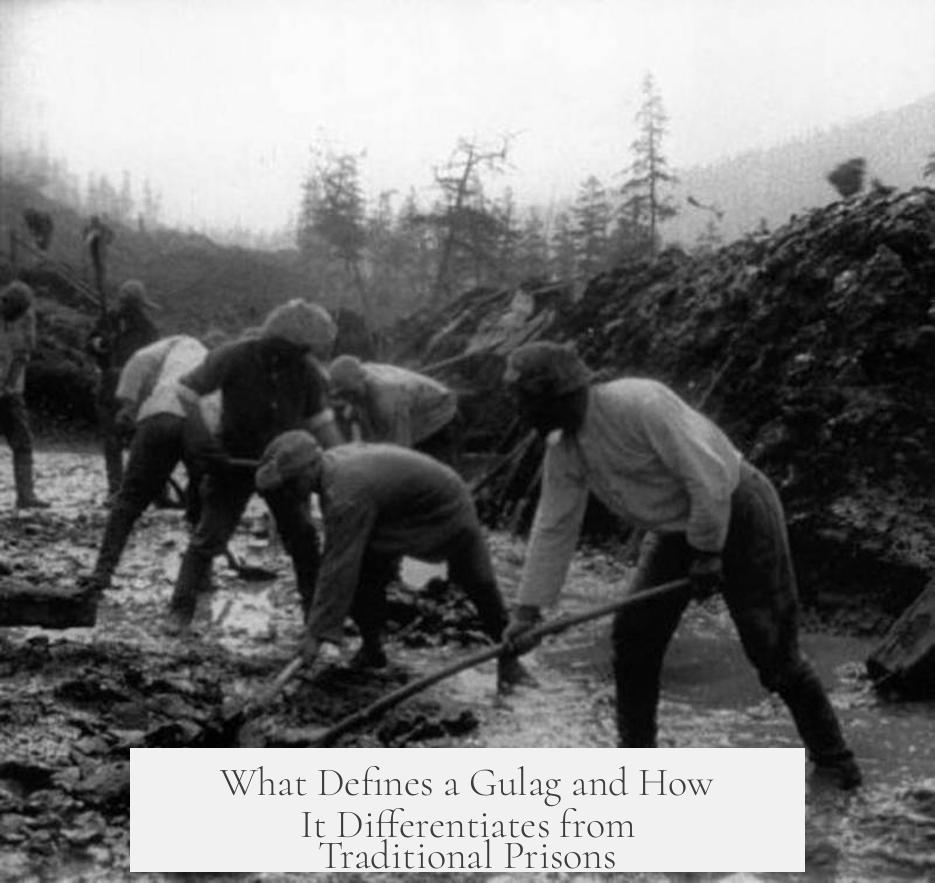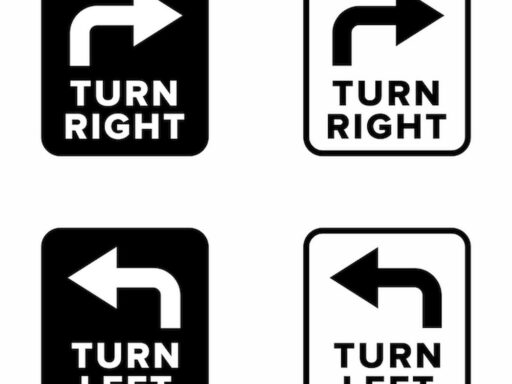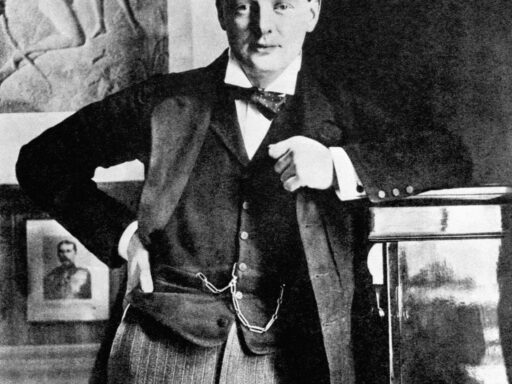A Gulag is distinct from a regular prison because it was a separate, state-managed system designed primarily for political and social repression combined with forced labor, governed by specific Soviet agencies, and encompassing varied types of detention sites beyond standard incarceration.
The term “Gulag” is an acronym from Russian: Главное управление лагерей (Glavnoye upravleniye lagerei), meaning “Chief Administration of Camps.” This agency oversaw its own prison system separate from ordinary prisons. Unlike regular prisons, which typically house common criminals, Gulags targeted those accused of political offenses or socially dangerous crimes. Yet, the distinction between political and non-political inmates often became blurred under Soviet rule.
The Gulag system arose officially in 1934 under the Soviet internal security apparatus. Its administration shifted through various bodies, including the CheKa, GPU, OGPU, NKVD, and finally the Ministry of Internal Affairs (MVD) until its abolition in 1960. This historical timeline differentiates it from the broader Soviet penal framework.
The Gulag was actually a complex network of different types of settlements:
- Camps: High-security detention centers where prisoners endured harsh labor and tight controls.
- Colonies: Penal settlements with varying security levels, often used for less severe offenders.
- Special Settlements: Locations for individuals released from camps or deported due to political reasons, with more lenient restrictions.
This multi-tier system contrasts with conventional prisons, which are usually singular types of facilities without such layers.
Importantly, the Gulag was not synonymous with all Soviet camps. Other agencies ran camps for prisoners of war or internees, such as GUPVI, which held millions of foreign POWs. The Gulag’s exclusive administrative framework supports the use of a separate term rather than simply “prison.”
A hallmark of the Gulag was its function as a forced labor system. Prisoners worked on major Soviet industrial and infrastructure projects, merging punishment with state economic development. Examples include:
- The White Sea-Baltic Canal construction.
- Lumber harvesting operations.
- Gold mining in the Kolyma region.
- Founding Siberian industrial centers like Norilsk.
This purpose orients Gulags toward both correction and exploitation. Its forced labor distinguished it from prisons focused on confinement alone.
The scale of the Gulag system was immense. Approximately 14 million individuals passed through between 1929 and 1953. At its peak, around 2.5 million were imprisoned simultaneously. Death rates were high, with an estimated 1.5 million dying due to harsh conditions, malnutrition, and overwork. Such scale and mortality rates far exceed those of typical prisons.
After 1960, the Gulag system was officially dismantled. Political prisoners continued to exist in the regular Soviet penal system, which still included labor colonies but lacked the distinct Gulag administration and conditions. This temporal shift further underpins why “Gulag” specifically describes the Soviet camp system from the Stalin era.
Today, “Gulag” has broadened in use. It sometimes describes labor camps in other countries, for example:
- North Korean re-education camps.
- Chinese laogai (“Reform Through Labor”) camps.
- Xinjiang’s so-called “Vocational Training and Education Centers.”
Despite this metaphorical extension, these modern camps differ administratively and historically from the original Gulag system, preserving the need to differentiate the term from “prison.”
| Aspect | Gulag | Regular Prison |
|---|---|---|
| Definition | Separate Soviet forced labor camp system | Standard incarceration facility |
| Administration | State security agencies (NKVD, MVD, etc.) | Penal authorities |
| Main Inmate Types | Political/social offenders, harsh labor detainees | Common criminals |
| Facility Types | Camps, colonies, special settlements | Prisons, jails |
| Purpose | Punishment, correction, economic labor | Detention, rehabilitation |
| Scale & Mortality | Millions detained, high death rates | Lower scale, fewer deaths |
| Existence Period | 1934-1960 (official) | Ongoing |
- The Gulag system was a unique Soviet structure combining political repression with forced labor.
- It was administered separately from ordinary prisons, under Soviet secret police and security ministries.
- It included diverse types of detention sites, not just simple prisons.
- Its vast scale and high mortality distinguish it from typical incarceration systems.
- After 1960, the Gulag was abolished and political prisoners were moved to other systems.
- The term “Gulag” also serves as a broader metaphor but retains a specific historical meaning.




